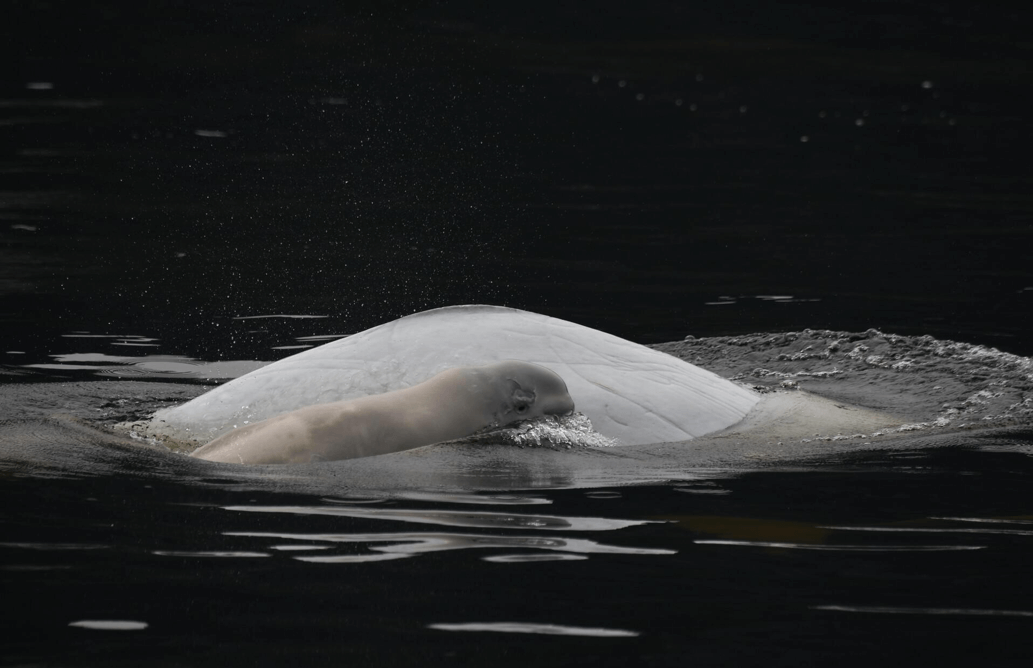According to literature, most Mysticeti whales – also known as baleen whales – undertake seasonal migrations between high and low latitudes, feeding in cold waters and breeding in warmer waters. Although numerous exceptions to this traditional migration pattern have been described in literature, this model has not been officially re-examined. According to a study published last week in Mammalian Review, this traditional migration pattern is overly simplistic to adequately describe the diversity of migratory behaviours in baleen whales.

The traditional migration model was developed between 1929 and 1965, when available data stemmed mainly from sightings and catches made on whale hunts. The model was based on observations of gray and humpback whales and Southern Hemisphere fin and blue whales. Data collected in recent years thanks to new technologies and methodologies for studying whale movements, including photo-identification, satellite telemetry and passive acoustics, reveal a much more complex reality than that portrayed by this older model.
The study published in Mammalian Review shows that most baleen whales use more than one migration strategy. Over half of the eleven species included in this study have populations that are non-migratory or that only disperse on a seasonal basis. Absence of migration, partial migration (migration performed only by part of the population), differential migration (migration according to the age or sex of the individuals in a population), nomadic movements (no regularity in spatiotemporal movements) and a flexible diet in the migration area are frequent and widespread, rather than exceptional, behaviours. Although gray whales and humpbacks seem to generally follow the traditional model, it is clear that other species have developed more complex and flexible movements. Though the authors do not completely refute the traditional model, they suggest that it should be revisited to incorporate a wider range of behaviours.
Although numerous discoveries have been made in recent years regarding the migratory behaviour of baleen whales, many questions remain concerning the movements of a number of populations and the evolutionary mechanisms that lead to such a diversity of migratory behaviours.
Source:
Mysticete migration revisited: are Mediterranean fin whales an anomaly?
To learn more:
On Whales Online:





